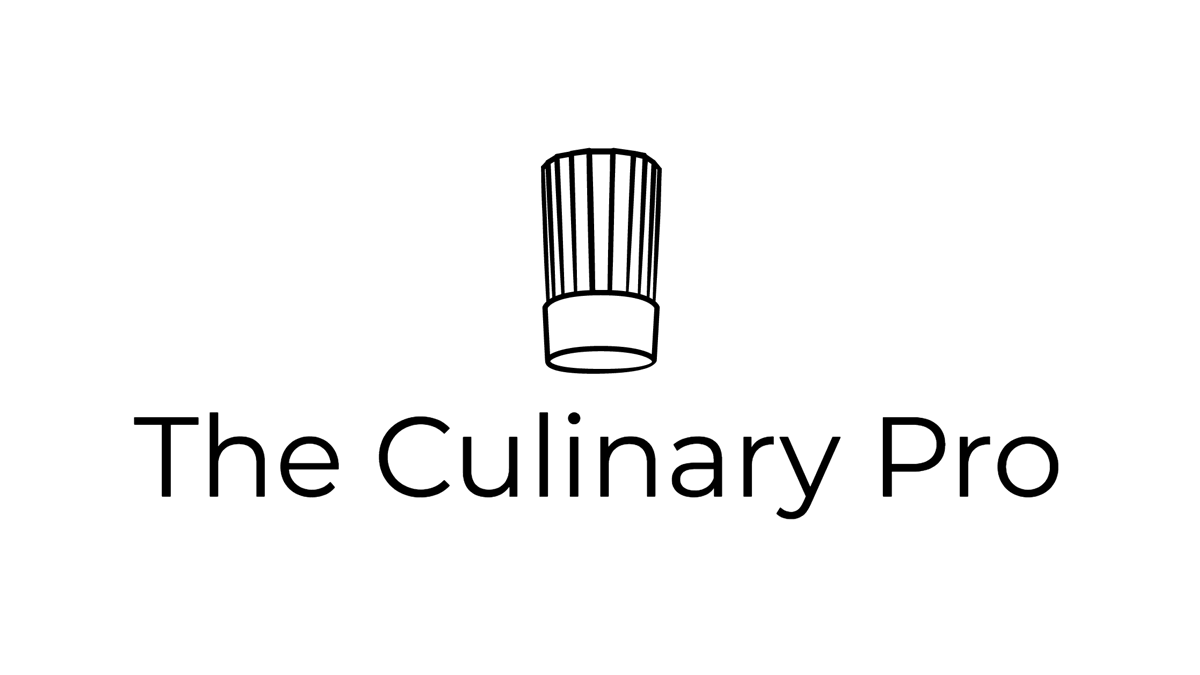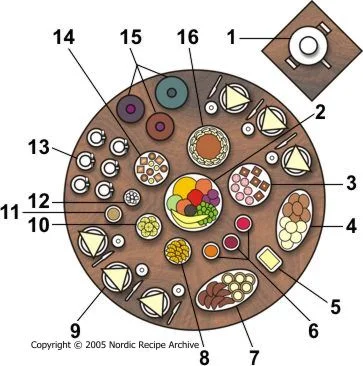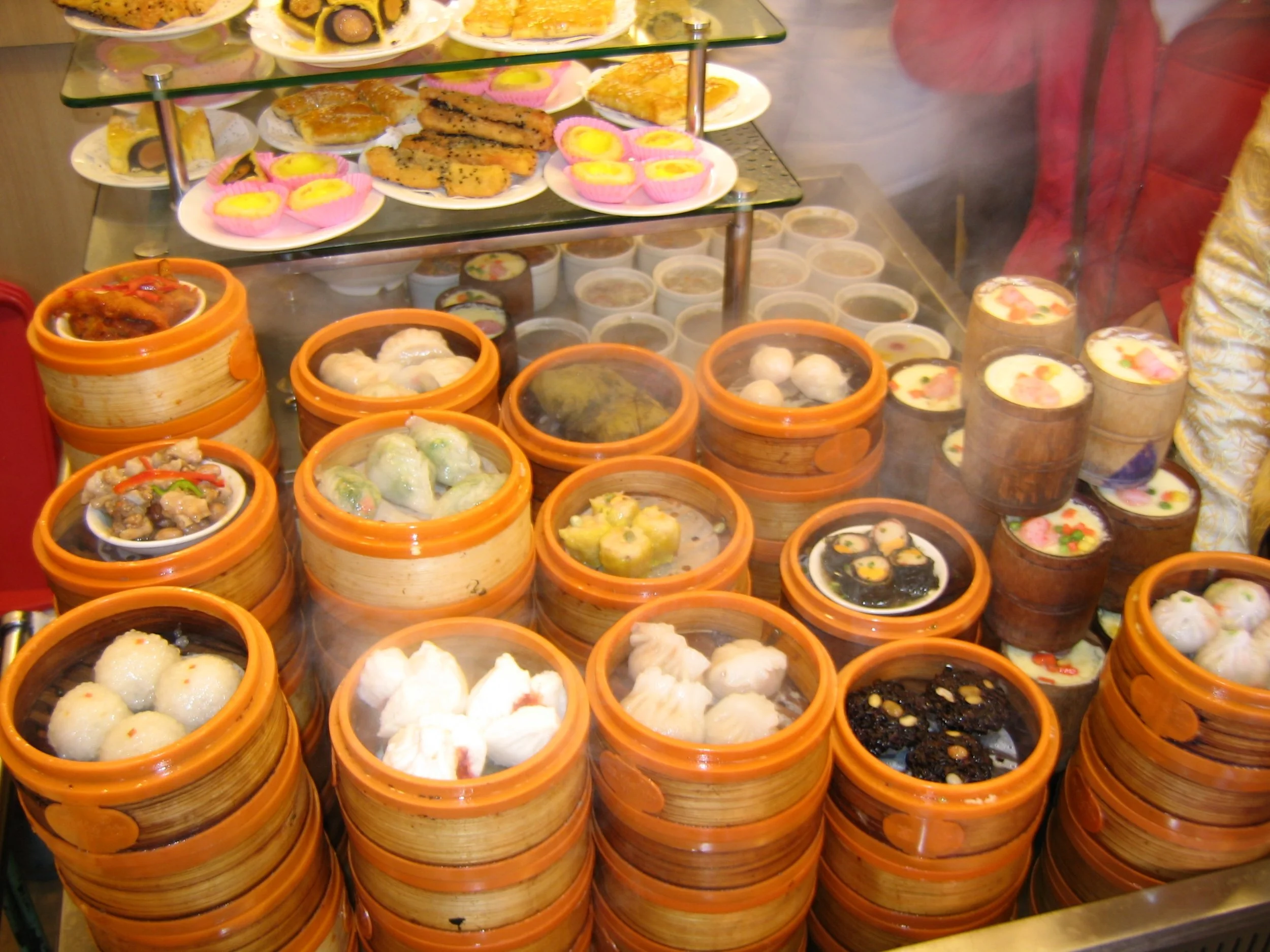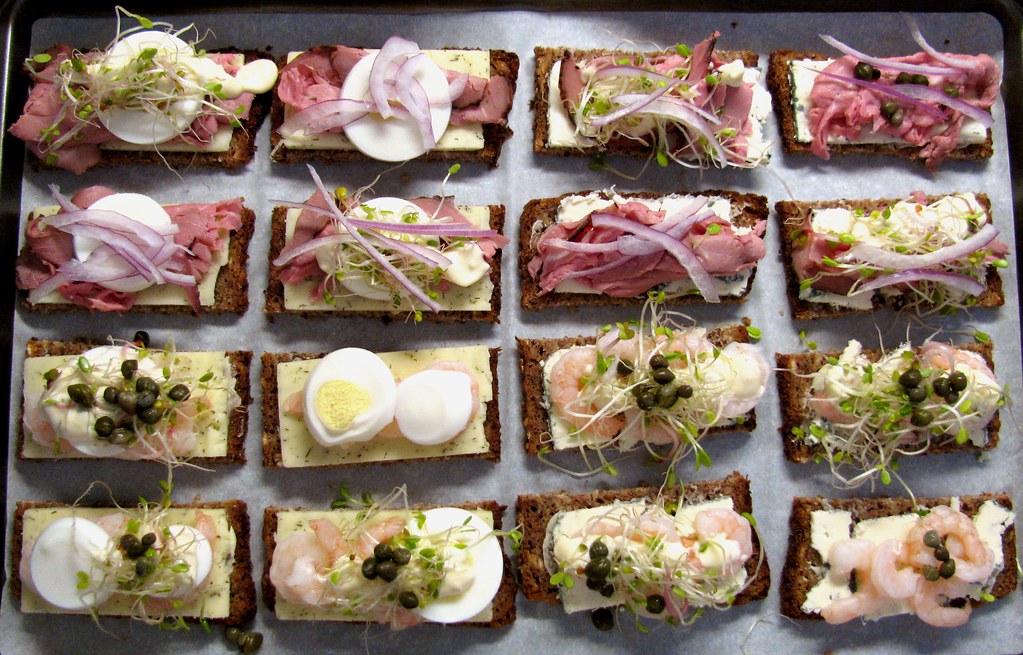Small Plates & Bites
Cultures and cuisines throughout the world offer many variations of small plates of food. From street carts and food trucks to fine dining restaurants, and every type of establishment in between, small plates are popular. Sushi, antipasto, and tapas are examples of ethnic variations based on this trend.
Appetizers
Traditional appetizers are small plates of food served as starter courses to begin meal service. They are typically flavorful and lighter menu items, meant to stimulate the appetite in anticipation of the main course. Served hot or cold, they include simple or composed salads, fish selections including raw oysters or caviar, savory tarts, or foie gras. They may include hors d’oeuvres and finger food, or scaled-down versions of main entrees.
Chefs today build tasting, or degustation, menus around appetizer-size portions. They are often used in catered “grazing” events that encourage guests to mingle and drink. When building an appetizer menu, keep in mind the same basic rules of menu planning. Offer a diverse selection that appeals to different tastes and diets. This includes meat, fish, vegetarian, and dietary alternatives including gluten-free or vegan. Hot and cold offerings should always be included, plus items that are lighter, for example, fruit or vegetable crudites, and more substantial items that might include fried dumplings or pulled pork sliders.
Small Plates Categories
Salads
Cold seafood selections of oysters, shrimp, or caviar
Cured and smoked meats and fish
Charcuterie items including pâtés and terrines
Tarts, empanadas, or profiteroles
Small portions of pasta, gnocchi, or polenta
Fried items including tempura, fritters, or croquettes
Small portions of braised or grilled items
Skewers of meats, fish, or vegetables including kabobs and satays
Vegetable crudités with dipping sauces
Amuse Bouche/Amuse-Gueule
The French terms, amuse bouche and amuse-gueule, meaning “to amuse the mouth”, are small bites served gratis at the start of a meal. The practice started in fine dining restaurants and is usually served after the order, while guests await the first course.
Hors d'oeuvre
A French term for small one or two-bite portions of food, that are flavorful and highly seasoned to encourage a guest to drink more. Hors d’oeuvres are defined as "apart from the main work" and served before sitting down to meal service. They may be hot or cold items. Because they are usually eaten while standing, hors d’oeuvres should be finger food that can be eaten without the use of utensils. Hors d’oeuvres include canapés, small tartlets, crudités, or skewered items.
Canapés
Canapés are a type of hors d’oeuvre served on a base of toast or bread, with a spread made of butter, cream cheese, or mayonnaise. The canapé is topped with cured meats, cooked seafood, or a salpicon (diced or minced ingredients bound with a sauce). Garnishes of fresh herbs are added to complete the canapé. The base includes bread, crackers, croustades, vol au vent, and vegetable slices. Canapés are cut into a variety of shapes including round, triangle, square, and rectangular.
Antipasto
Antipasto
Defined as “before the pasta”, antipasto is served as the first course in the Italian meal. Traditional antipasto includes salads, cured meats, olives, pepperoncini, mushrooms, anchovies, artichoke hearts, various cheeses, pickled meats, and vegetables.
Meze
Mezes are small dishes served in Greece and the Middle East. They include fresh fruits like melons, cold salads of pickled vegetables, and simple preparations of marinated olives or peppers. Seafood items include grilled octopus, meatballs, sausages, and skewers of grilled lamb meat called souvlakia. Fresh goat’s or sheep’s milk cheeses including feta, and fried cheese known as saganaki are Greek classics. Meze also includes hummus, dolmas (stuffed vegetables), sarmas (stuffed grape leaves), and falafel.
Tapas & Petiscos
Tapas are small dishes found in Spain and petiscos are similar interpretations from Portugal. It is said that these appetizers originated in bars from the practice of a simple bread offering, used to cover a patron’s drink to keep the fruit flies out. The tradition has evolved into full restaurant menus devoted to the idea of serving many different dishes that are shared in a group setting while out on the town. Tapas and petiscos are simple to complex and include marinated olives, skewered vegetables, fried peppers with aioli, roasted potatoes, and ensaladilla (salads). Seafood items include batter-fried calamari, thin-sliced bacalao (salt cod), sautéed gambas (prawns), or stuffed mejillones (mussels). Cured sausages, including chorizo and Serrano ham, are sliced thin and served with cheeses including Manchego and Castilla. Meat offerings include stews of pork or beef, fried escallops of pork, or albongigas (meatballs). Other offerings include frittatas (Spanish omelets), empanadillas (filled turnovers), and croquetas (croquettes).
Tea Sandwiches
Served during traditional English tea time, these small, crustless sandwiches are light offerings meant to be eaten in the afternoon to stave off hunger. Although white bread is the classic choice for preparing them, wheat, pumpernickel, and sourdough bread are additional options. Fillings include vegetables of watercress, radishes or cucumbers, smoked fish, egg, or chicken salads complemented with compound butter, cream cheese, or mayonnaise.
Zakuski
A Russian term for hors d'oeuvres, zakuski are served buffet style before meals. Menu selections often consist of cured meats and fish, various pickled vegetables such as beets, cucumbers, and garlic, mixed salads, caviar, and bread. As with French hors d’oeuvres, zakuski are usually served away from the dining room.
Sushi
Nigiri Sushi and Maki Sushi
A Japanese culinary tradition centered on a vinegared rice preparation called sushi meshi. Sushi can take on a free-form scattered presentation, or as is popular today, rolled in seaweed. It is often wrapped in nori, thin sheets of seaweed, but other wrappings used include thin sheets of cucumber, rice paper, thin sweet omelets, and tofu pockets or skins. Many different ingredients are used in sushi including fish, seafood, and roe; vegetables including daikon radish, avocado, cucumber, raw beef, and even foie gras. Sushi is usually served with soy sauce, pickled ginger, and wasabi. Sushi may contain raw or cooked fish or meats and is often confused with sashimi.
Futo Maki
Three popular types of sushi:
Maki sushi - Rolled sushi of rice and other ingredients wrapped in a sheet of nori seaweed.
Futomaki – A larger rolled sushi containing multiple ingredients.
Nigiri sushi - Hand-formed sushi of rice topped with fish or other items.
Sashimi
Sashimi
A Japanese delicacy of fresh raw meat or fish sliced into thin pieces; sashimi is often confused with sushi. It is served with soy sauce and wasabi and is garnished with shredded daikon and shiso leaves.
Dim sum
Dim Sum By 민정기 마태오 Matteo J.K. Mihn
Chinese Dim sum are served as small plates from carts that are brought to the guest’s table. Dim sum dishes include dumplings, steamed buns, and rice noodle rolls (Cheong fun) filled with beef, chicken, pork, prawns, and vegetables. Steamed vegetables, roasted meats, and soups are offered along with dessert. Ordering is done family style and dishes are meant to be shared.
Rijsttafel
Rijsttafel is actually a colonial Dutch tradition that was started during their presence in Indonesia. Many Rijsttafel restaurants are found in the Netherlands and other former Dutch colonies. An elaborate presentation of up to 40 small dishes is presented with rice prepared in several different ways. Popular side dishes include egg rolls, sambals (chili sauce condiments), satay (grilled skewers of meat or chicken), fish, fruits, vegetables, pickles, and nuts. Dishes include gado gado (cooked vegetable salad in peanut sauce), pisang goreng (banana fritters), and babi kecap (pork belly braised in sweet soy sauce).
Smorrebrod
A Danish term defined as “buttered bread”, Smorrebrod refers to open-faced sandwiches with a variety of toppings, popular in Scandinavian countries. Fish and seafood, including cured herring, gravlax, shrimp, and caviar, are customary. Vegetables, including beets, gherkins, gravadlax, pickled onions, tomatoes, and lettuce, are typical toppings. Cured meats and sausages, small meatballs, and liver pate are a few meat options. The bread is usually whole grain rye, covered with a spread of butter, cream cheese, or mayonnaise. The term should not be confused with Smörgåsbord which is a Swedish term for a buffet meal.
Prepping Hors d'Oeuvres
Hors d’oeuvres are elegant, miniature one to two-bite selections of food that are served at cocktail parties or before-dinner events. Virtually any food item can be re-imagined and scaled to create flavorful hors d’oeuvres. The key is finding the right balance of textures, flavors, and seasonings. Today hors d’oeuvres have gone international with tapas, sushi, and meze. Complete standing meals can be presented including soup “shooters”, salad canapés; skewers, sliders, and satays of various meats or fish, pasta, vegetables, and sweet confections.
Cold Hors d’oeuvres
A central part of the tradition of cold hors d’oeuvres includes canapés and endless varieties of finger foods including charcuterie, profiteroles, crudités, and skewered or spoon foods. Because hors d'oeuvres are compact in size, the right balance of flavors, textures, seasonings, and appearance must be achieved in just a bite or two of food. Hors d’oeuvres must be small enough to be held and consumed in one hand with minimal effort. Remember that cold foods have a muted flavor compared to hot foods and smaller portion sizes make it important to get the balance right. Seasoning should generally be increased for a better flavor impact.
Canapés
Most canapés consist of a base, a spread, plus a topping and a garnish. The base can be bread or toast rounds, triangles, or squares. Or it can be crackers, croustades, flatbreads or even vegetable slices. The base is usually coated with a flavored spread consisting of compound butter, fresh cheese spreads, vegetable purees, or mayonnaise. The main topping is then added and can include sliced cured meats, cheeses, salpicons of minced meat or seafood, piped savory mousses, or other selections. The canapé is finished with a garnish of fresh herbs or other carefully cut and selected commodities arranged stylishly. It may also be finished with a cold sauce or in the classic French tradition, glazed to keep the item from drying out and to give a glossy, fresh appearance. Canapés are usually served on platters arranged in simple geometric patterns with a variety of selections to make it visually stimulating. Keep the arrangement of canapés simple yet elegant.
Prep & Planning
The most essential ingredient in preparing hors d’oeuvres is proper advanced planning to minimize waste, maximize efficiency, and produce a top-quality product. Plan on a suitable variety of menu items to meet the requirements of the event, and to appeal to a cross-section of the guest’s tastes and preferences. Research and test recipes to find harmonious combinations and sound preparation techniques. Chefs often look to classics as an inspiration for creating contemporary twists. Consider offering a few familiar items with new trendier ones.
Hors d’oeuvres production is labor-intensive and time-consuming. Because of their petit size, they can be consumed quickly at an event putting pressure on the kitchen to keep up with the demand. Therefore when doing menu planning, consider the amount of time it takes to prep each variety. Pairing a few complex hors d’oeuvres with more simple ones will help kitchen production flow better leading up to and into the event. Thoughtful menu planning should have a few items that can be pre-assembled, hold up well, and then only one or two that require a multi-step process for completion.
Cold storage can often be an impediment to hors d’oeuvres production. Use speed racks with sheet pans to organize and store prepped foods. Label properly to avoid wasted time searching for components.
When setting up production, proper mise en place is important so that assembly runs efficiently. Some hors d’oeuvres, because of the labor commitment, often need to be prepped a day or two in advance. This can create problems with quality and freshness. Certain components including pastry dough, spreads, and fillings can be made ahead of time for assembly on the day of the event. Determine what items will hold up well before beginning the prep work. Assemble as close to service as possible to maintain freshness and quality.
Select only top-quality ingredients to produce top-quality products. Use fresh herbs and colorful vegetables as last-minute garnishes to make the hors d’oeuvres visually appealing. The proper balance of color, shape, and size is as vital as a good balance of flavor. It is therefore important to thoroughly think through the appearance of each item to make sure that there is enough diversity and to make sure the menu as a whole is harmonious.
How Much to Produce
When planning production the question usually centers on how many hors d’oeuvres should be prepped per person. The number of hors d’oeuvres consumed at an event will depend on a number of factors including the time of the function, the type of function, whether it is a prelude to dinner or a stand-alone cocktail party, the length of the event, and the type of clientele.
The greatest demand for hors d’oeuvres will be in the first 90 minutes of the event.
Consumption will be larger if hors d'oeuvres replace dinner
Younger people eat more than older guests
Guests eat more at casual parties than at formal functions
Additional Tips
If hors d'oeuvres take the place of dinner, include small portions of more substantial meal-type foods, a carving station for example
Know your audience and provide a variety of foods to please guest’s preferences, including something for vegetarians and meat-eaters alike
Prepare a variety of hot and cold foods items to keep guests satisfied
Include several bites of sweets if hors d'oeuvres take the place of dinner
Canapés
Canapé Prep Tips
Prep and assemble all components before beginning production
Set up and organize station for assembly line production
Assemble as close to service because bread get dry or soggy and garnishes will dry out or wilt quickly
Canapé Flavor Tips
Because of the small size of hors d’oeuvres, use highly flavored foods, with bold seasonings
Watch the proportion of pastry or bread to fillings and toppings; too much pastry makes for a bland hors d’oeuvre






















